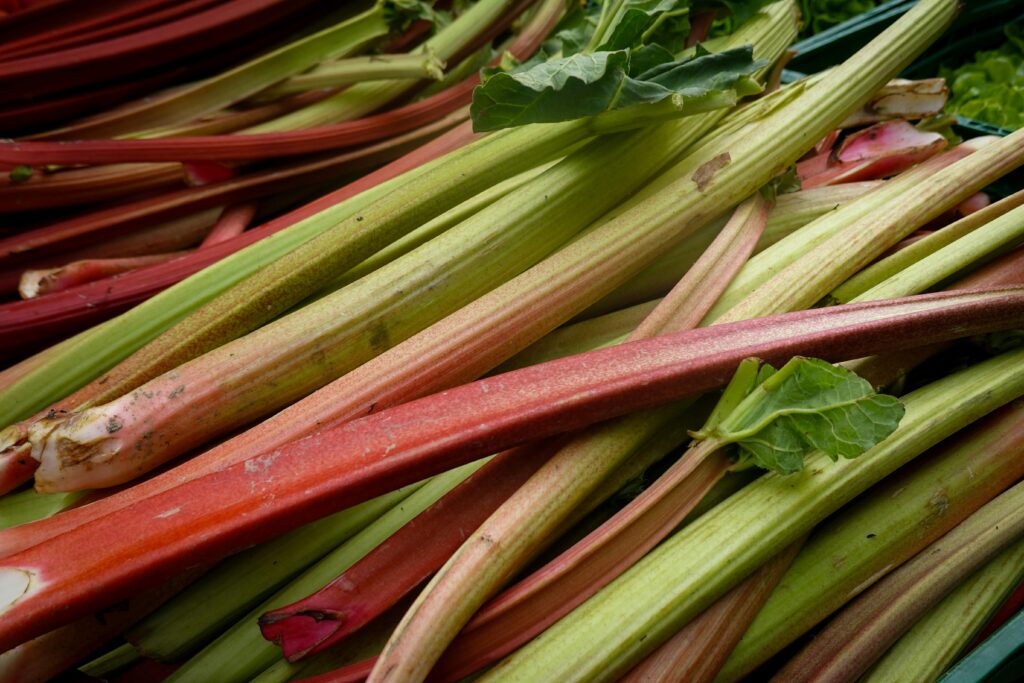
Rhubarb, with its tart flavor and vibrant red stalks, is a delightful addition to any vegetable garden. This perennial plant is easy to grow and can thrive for over a decade with proper care. Whether you’re a gardening novice or a seasoned pro, this comprehensive guide will help you learn how to start growing rhubarb successfully.
Choosing the Right Location for Rhubarb
Picking the correct spot to grow rhubarb is crucial to its long-term success. Ideally, rhubarb requires a sunny position where it can enjoy at least six hours of sunlight each day. However, partial shade can also work, particularly in warmer climates, to prevent the plant from bolting.
Soil Requirements
Rhubarb thrives in soil that is rich and well-draining. The soil pH should be slightly acidic to neutral, approximately between 5.5 and 6.8. Before planting, enrich the soil with organic matter, such as well-rotted manure or compost, to ensure that rhubarb receives the nutrients it needs to flourish.
When to Plant Rhubarb
The best time to plant rhubarb is in early spring while the plants are dormant. You can also plant rhubarb in late fall, after the first frost, to allow the roots to establish before winter. Keep in mind that patience is key; rhubarb plants take about one to two years to reach maturity and produce stalks suitable for harvesting.
How to Plant Rhubarb
Preparing the Planting Site
To plant rhubarb, start by digging holes that are about 1 to 2 feet apart for each crown. These holes need to be deep enough to accommodate the roots comfortably. It’s also a good idea to incorporate a bit of bone meal into the soil at this stage to promote root development.
Planting the Crowns
Place the rhubarb crown into each hole with the buds facing upwards and cover them with soil. The buds should be positioned about 2 inches below the soil surface. Gently firm the soil around the crowns and water well to remove any air pockets.
Caring for Rhubarb Plants
Watering and Fertilizing
Rhubarb plants require consistent moisture, especially during dry spells, to produce tender stalks. While rhubarb is a hardy plant, it appreciates an annual top-dressing of well-rotted manure. During the growing season, consider applying a balanced fertilizer to support its growth.
Mulching and Weeding
Applying a layer of mulch around the plants helps retain soil moisture and suppress weeds. Ensure that the mulch doesn’t cover the crowns, as this could encourage rot. Hand weeding is preferable to avoid damaging the shallow roots.
Harvesting Rhubarb
Rhubarb is ready for harvesting when the stalks reach at least 12-18 inches long, usually from the second growing season onward. To harvest, hold the stalk near the base and give it a gentle twist to detach it from the plant. Avoid cutting the stalks, as this can encourage rotting. Remember, only the stalks are edible; rhubarb leaves are toxic and should be discarded.
Overwintering Rhubarb Plants
In winter, rhubarb enters a dormant phase. Prepare your plants for the cold by removing any dead foliage to prevent pest infestations. In particularly cold regions, a protective layer of organic mulch can be applied over the crowns to insulate them from harsh temperatures.
Conclusion
Growing rhubarb is an investment that pays off with minimal maintenance and bountiful harvests year after year. With this guide on how to grow rhubarb, you’ll be well-equipped to enjoy this versatile plant’s rewards, whether you’re making pies, jams, or simply adding a splash of color to your garden. Happy gardening!
